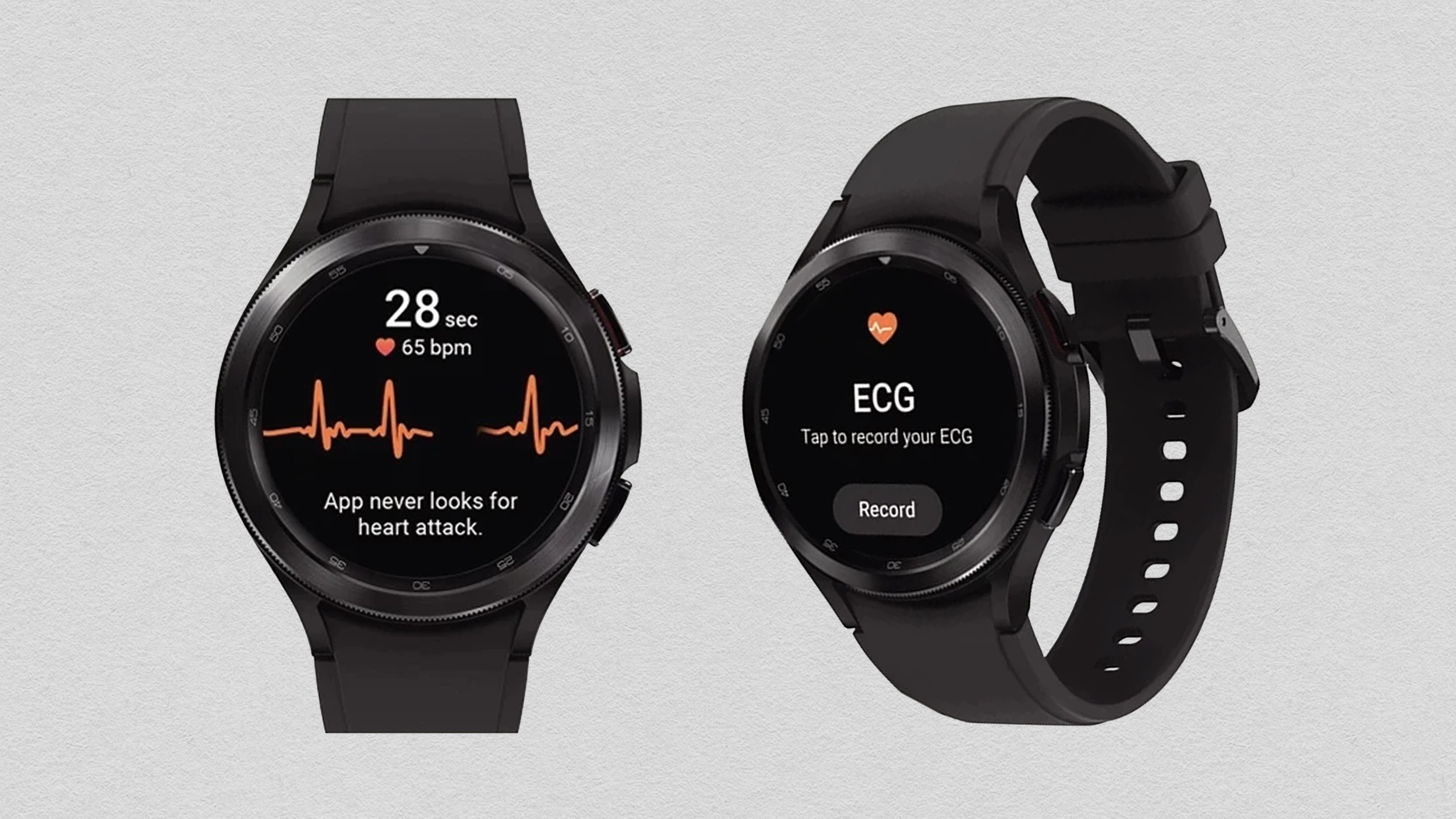How Smartphones Are Fighting Global Disease

What’s the Latest Development?
Researchers at UCLA have developed a smartphone accessory that reads rapid diagnostic tests, or RDTs, which diagnose deadly diseases in parts of the world where medical tools like microscopes and cytometers are unavailable. RDTs are small strips of paper that diagnose illnesses like HIV, malaria, tuberculosis and syphilis with just a drop of blood. In most cases, however, tests are read manually, by eye, making them subject to human error. The new medical accessory, which clips on to smartphones, uses its camera to create a digital image of the RDT which can then be further analyzed.
What’s the Big Idea?
The creation of a digital RDT image, which is then analyzed by a special app, circumvents human error and allows the stored image to be examined later, if need be. In creating a digital image, researchers also sought to take advantage of smartphones’ Internet connectivity. By transmitting test result to a global database, the data can be processed, stored and, “using Google maps, the spread of various diseases and conditions can be charted—both geographically and over time—throughout the world.” Researchers say that will help in anticipating and preparing for future disease epidemics.
Photo credit: Shutterstock.com




